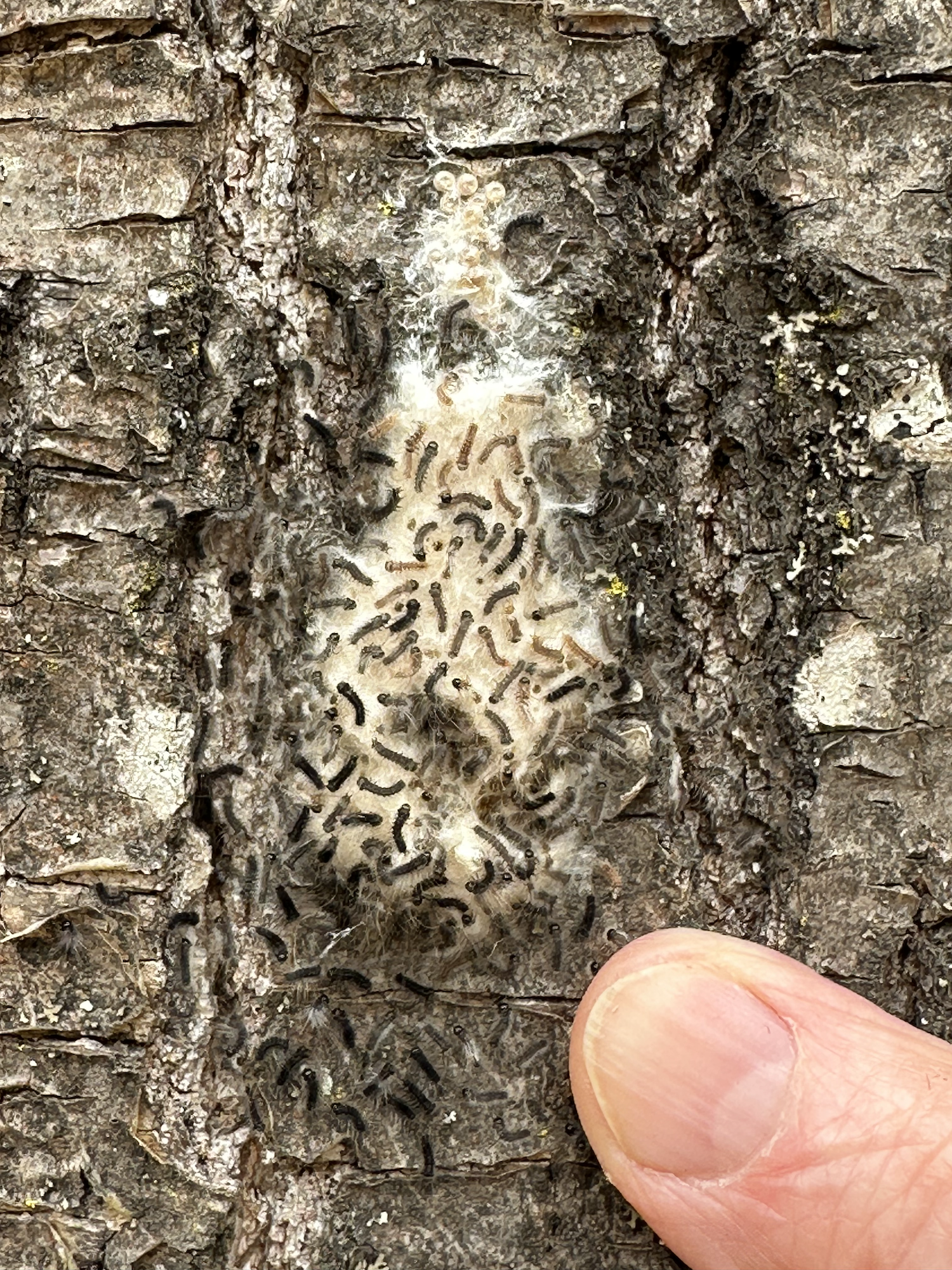Thinking Ahead
/Kathy Kromroy, 2005
My introduction to Madeline Island occurred almost forty years ago. A dear friend invited me to accompany her on her annual visit to her grandparents’ summer place on The Island. Always fascinated with Lake Superior, I found The Island to be a northland paradise. I returned almost every summer until 18 years ago, when our family had the good fortune to become part-time residents of this special place. As a plant pathologist, my understanding and appreciation of the natural areas of The Island have grown over the years, but, so too, has a sense of urgency about the need to protect these areas and the richly varied life they support. For this reason, I am a member of the Madeline Island Wilderness Preserve (MIWP). Since its beginning in 1987, the MIWP has secured over 2500 acres of forests, wetlands and open areas, and is working in a variety of ways to protect these resources; minimizing landscape fragmentation and managing some of the forest stands are two important components of this effort.
Fragmentation is the breaking up of large areas into smaller areas; the smaller the area, the greater the influence of external factors. Landscape fragmentation can have many consequences including reduced biodiversity, altered stream flow, and reduced stream quality. Increased “edge” means that more of the natural area is exposed to human activity and invasion by unwanted plants, animals and microbes. Fragmentation results in loss and reduced connectivity of interior habitat, becoming less able to support some animals. By retaining the majority of secured lands in two large tracts, the MIWP has minimized fragmentation of these natural areas, and increased the likelihood that they will retain their ecological integrity for years to come.
Patchwork of Land Use on Madeline Island
A second way in which the MIWP is protecting The Island’s natural areas is by managing some of its forest stands. Forest stands can be managed for animal habitat, watershed protection, aesthetics, recreation, timber, reduction of wildfire threat, and reduction of damage from insects and diseases. Some stands are managed for one objective, but most are managed for multiple objectives. There are probably no forest stands on The Island that have not been influenced by humans. Ojibwa lived here for hundreds of years before Europeans arrived, managing the forest vegetation to meet their needs. Many of the present forest stands are the result of fires and logging that occurred in the early to mid 1900’s. While we currently have many species of trees in our overstory, sugar maple seedlings dominate the floor of many stands. Unless we practice some kind of management to favor other species, large areas of our future forest will be stands of almost pure sugar maple. Presently, eight stands of MIWP forest lands are being managed. The plan for each stand is different, depending on its size, current vegetation, soil type, moisture regime, and the regeneration potential of different species. While selected trees will be removed from some stands, the overall objective for most stands is to implement practices that will favor currently underrepresented species, and increase age and structure diversity. Forest stands of mixed species and mixed ages are generally more resilient to damage from diseases, insects, and weather events and more sustainable over time than the less complex stands which will develop in many areas if no management is applied.
By preventing fragmentation and applying carefully planned forest management practices, the MIWP is protecting a significant portion of Madeline Island’s natural areas. A recently completed U.N. sponsored study—the Millennium Ecosystem Assessment—found that 60% of our planet’s lakes, rivers, farmlands, grasslands and forests have been depleted. While just an estimate, it highlights the dismal condition of the world that our children are inheriting. As an organized group of people who share similar goals and visions, the MIWP has both the opportunity and the obligation to protect this small piece of our planet—Madeline Island—for the well-being and enjoyment of future generations.


















